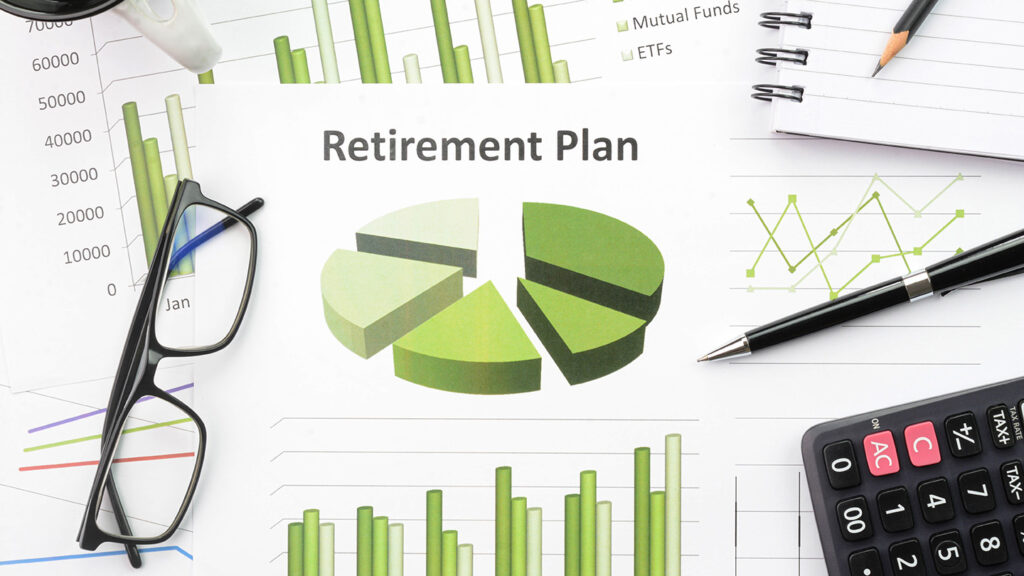It should come as no surprise to anyone reading this column that the pandemic has had mental health effects on workers. Recent research on the topic may surprise you, however.
A study by the Society of Human Resources Management quantifies the impact. Although the survey was not limited to senior living or healthcare workers, it did find that those who lived with a vulnerable person — such as a health worker or other essential employee, those aged 65 or more years, or an immunocompromised individual — experienced more severe effects. Overall, women and younger workers were more affected as well.
For instance, women (51%) were more likely than men (47%) to report feeling down, depressed or hopeless “often.” And half of Generation Z employees (51%) — the oldest of whom are 24 — agreed that their work makes them feel burned out compared with 24% of baby boomers.
Other findings:
- 22% to 35% of employees reported experiencing symptoms of depression “often,” and as many as two-thirds said they were experiencing depressive symptoms at least “sometimes.” The most commonly reported symptom was feeling tired or having little energy.
- More than one-third reported “often” feeling tired or as if they have little energy. The symptom was more common among women (56%) compared with men (43%), and among generations, it was most common among members of Gen Z (44%) and least common among baby boomers (26%).
- 22% of employees reported “often” having trouble concentrating. Among the various generations, this symptom was most commonly reported among members of Gen Z (31%) and was least commonly reported among baby boomers (11%). And it was more commonly reported among women (54%) than men (45%).
- 41% of employees reported feeling burned out from their work, and 45% reported feeling emotionally drained from their work. Also, the younger the employee, the more likely he or she was to report feeling emotionally drained from work. The range was a high of 47% among Gen Z members to a low of 29% among baby boomers.
- A significant number of employees said they were exercising less frequently, eating less healthfully and not getting enough sleep to feel rested upon waking.
Results were based on a random sample of 1,099 U.S. employees. Fifty-eight percent of the sample said they lived with at least one person considered to be a member of a vulnerable population, such as a healthcare worker, an essential employee, someone over 65 years oldor someone who was immunocompromised. See more results here.
But what can employers do with this information? How can you help employees?
“COVID-19 is taking a toll on our minds and emotions in a million little ways,” said SHRM President and CEO Johnny C. Taylor Jr., SHRM-SCP. “Now, more than ever, employers should double down against stigmas and guarantee employees know of the resources, benefits and accommodations available.”
Taylor’s point — ensuring that employees know about the mental health resources available through work — is one of five tips shared in a recent Harvard Business Review article. Other advice from the HBR authors:
- Ask your direct reports and co-workers, “Are you okay?” Peers and managers are the two groups with whom employees are most willing to address mental health.
- Practice supportive listening and “seek to genuinely understand, and ensure that people feel heard. And don’t be afraid to open up yourself.”
- Communicate weekly or even daily about mental health. “When it comes to discussing mental health specifically, people say that far and away the most effective form of company communication is a phone call directly from one’s manager,” the authors wrote.
- Survey employees regularly to spot problems early, and don’t forget to take care of the managers, who are taking care of their teams.
The need is there: 37% of employees responding to the SHRM poll said they have not done anything to cope with their depression-related symptoms.



